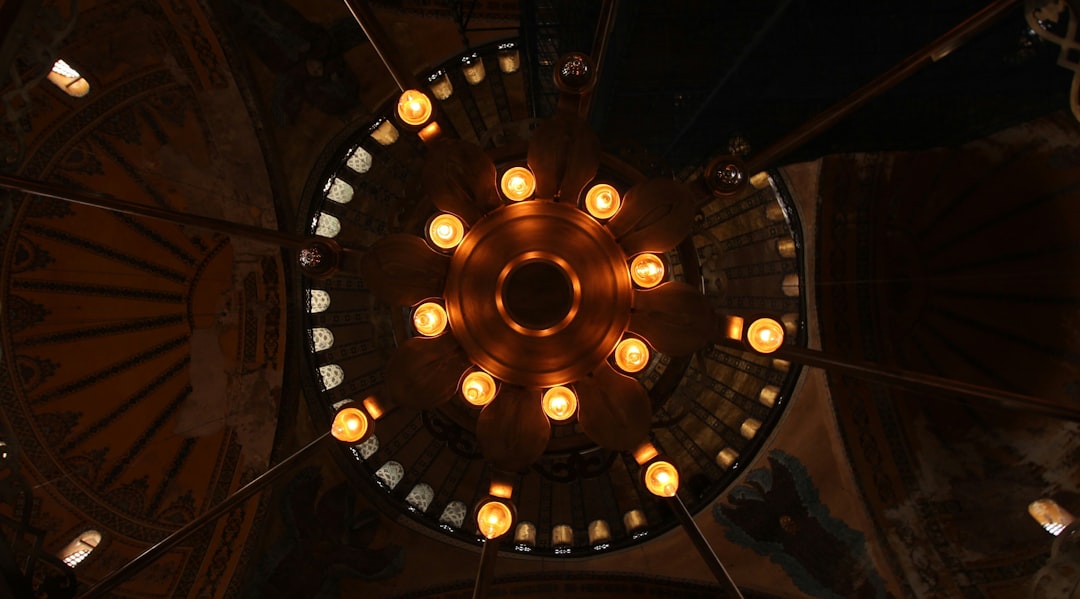In the last two centuries, few voices from the East have resonated so deeply in the West as those of Jalal al-Din Rumi and Khwāja Shams al-Din Hafez. These Persian poets—one a Sufi mystic, the other a lyrical master—have crossed borders of language, culture, and time, finding new life in Western poetry, philosophy, psychology, and even pop culture.
What is it about Rumi’s whirling verses or Hafez’s wine-soaked insights that continues to captivate modern audiences? And how did these medieval poets find their way into the libraries—and hearts—of so many Western thinkers and artists?
Rumi: The Universal Mystic
Rumi (1207–1273) is often cited as the most widely read poet in the United States, a remarkable feat for a 13th-century scholar from present-day Afghanistan and Iran. His poetry—particularly in the Masnavi and his Divan-e Shams-e Tabrizi—speaks of love, unity, divine longing, and spiritual transformation.
Rumi in the West
The 19th-century German philosopher Goethe was among the earliest European admirers of Persian poetry, and his West-Eastern Divan pays homage to Persian forms and mysticism. But it was in the 20th century, with the translations of R. A. Nicholson, A. J. Arberry, and later Coleman Barks, that Rumi's poetry truly caught fire in the Anglophone world.
Although Barks’ versions are technically adaptations (more interpretive than literal), they introduced Rumi to a generation hungry for spiritual depth, connection, and self-awareness.
-
Carl Jung cited Sufi texts, including those of Rumi, in his explorations of the collective unconscious and the soul’s journey.
-
Rumi’s themes have been embraced by New Age thinkers, therapists, and yoga teachers, who find in his verses a bridge between psychological insight and divine wisdom.
-
Literary figures like Robert Bly and Deepak Chopra have brought Rumi’s voice into the conversation about love, consciousness, and inner freedom.
Hafez: The Subtle Sage of Shiraz
Hafez (c. 1315–1390), though less familiar to the average Western reader than Rumi, has long held the fascination of poets and mystics alike. His Divan is a constellation of ghazals that move fluidly between the sacred and the profane—love and longing, wine and worship, satire and sincerity.
Hafez in the West
Hafez's reception in Europe began in earnest during the Romantic era, when Goethe declared him a poetic twin. Goethe’s West-östlicher Divan (1819) was heavily influenced by Hafez, and he described the Persian master as “inexhaustible.”
-
The Transcendentalists, particularly Ralph Waldo Emerson, were drawn to Hafez’s anti-dogmatic, ecstatic tone. Emerson described Hafez as a poet who “fearlessly sings of wine and love,” undeterred by religious orthodoxy.
-
Nietzsche, intrigued by Hafez’s embrace of contradiction and celebration of life, found in him a kindred spirit.
-
Modern poets such as Daniel Ladinsky, though not literal translators, have helped popularize a Hafez-like voice in English, keeping his spirit alive in contemporary verse.
Themes That Translate Across Cultures
So why do these poets resonate so powerfully with Western audiences, centuries later?
1. Love as the Path to the Divine
Both Rumi and Hafez portray love—earthly or divine—as the ultimate force of transformation. Rumi’s famous lines, “The wound is the place where the Light enters you,” or “Lovers don’t finally meet somewhere, they’re in each other all along,” speak directly to the universal human condition.
2. Mystical Rebellion
Hafez often critiques religious hypocrisy, cloaking profound mystical insight in images of taverns, lovers, and drunkards. His ghazals speak to readers who seek the divine outside rigid institutions—a theme echoed in Western romanticism and countercultural movements.
3. Unity Beyond Difference
Rumi’s concept of tawhid (oneness of all being) echoes across spiritual and philosophical traditions. His verse suggests a unity beneath surface difference, a theme that resonates in a fragmented modern world.
4. The Power of Metaphor and Symbol
Persian poetry is rich in symbolism—wine, the beloved, the tavern, the nightingale—and these symbols, when translated with sensitivity, can resonate deeply even outside their cultural context. They invite readers to look beyond the literal and listen for the soul of the text.
Challenges and Misreadings
The Western embrace of Rumi and Hafez, while celebratory, hasn’t been without problems.
-
Many English translations strip away Islamic or Sufi context, presenting the poets as generic spiritual sages. This can flatten the depth of their work and obscure their cultural roots.
-
Poets like Hafez, who wielded satire and irony with precision, are often romanticized into simple mystics, missing the complexity of their voices.
To truly appreciate them, it’s vital to read their poetry in dialogue with Persian culture, Islamic mysticism, and historical nuance.
Conclusion: A Shared Language of the Heart
That Rumi and Hafez have transcended borders is a testament to the universal power of poetry. Though separated by centuries and cultures, their words speak to something timeless—the longing for truth, the ecstasy of love, the pain of separation, the joy of reunion.
In a world often divided by language, ideology, and identity, these Persian masters remind us that the heart speaks a language all its own—and that poetry, at its best, is a whisper from soul to soul.
Have a favorite quote from Rumi or Hafez that’s stuck with you? Or want to explore deeper translations and interpretations? Share your thoughts—I’d love to hear them.





